ATLANTA, GA—After commencing in October of 2013 the PGA Tour season will conclude its long and winding road this week at East Lake Golf Club with the playing of The TOUR Championship—and the awarding of the FedEx Cup.
East Lake served as the home club to the iconic Bobby Jones—golf’s most revered player in the first half of the 20th century. The par-70 7,307-yard layout that the 29 professionals face this week has been modified to provide a venue capable in testing the finest players in the game.
Established in 1904, East Lake is the oldest golf course in Atlanta and was originally called The Atlanta Athletic Golf Club. Tom Bendelow, was the original architect. In 1913 the talented Donald Ross was called in to provide a more updated course that was modernized in 1994 when architect Rees Jones was hired. “We completely rebuilt this course to bring back the Donald Ross style, while at the same time, making it competitive for the longer, stronger golfers playing with the latest equipment,” said Jones.
After World War II, East Lake deteriorated and even Bobby Jones looked elsewhere for a new home club. The eventual development of nearby Peachtree in 1947 took place with Robert Trent Jones, Sr. spearheading the design. Atlanta businessman Tom Cousins came to the aid of East Lake years later and hired Rees Jones—Trent Jones’ son—to bring back to life the former glory of this historic layout. The Tudor clubhouse is quite distinctive and has also been restored and includes a golf museum as well as serving for the location of many different corporate and charity functions.
Over the years, East Lake has hosted many prominent championships. The Ryder Cup was played here in 1963—captained by Arnold Palmer. The U.S. Amateur was contested in 2001 and the TOUR Championship, counting this year’s event, has been staged at East Lake 13 times since 1998 and was named the permanent home for the event in 2005. The course is on gentle rolling land, framed by large pine trees. There are several holes worth watching as the assembled players vie for both the TOUR Championship trophy and the awarding of the $10 million bonus to the player who wins the FedEx playoffs.
6th Hole—Par-3 213 Yards
There are few holes at East Lake where the potential for a high score—double-bogey or worse—looms large. However, the par-3 6th is one where caution is the buzzword and will be keenly observed by all the contestants. The hole has been substantially lengthened since the handiwork of Donald Ross—now playing to a max of 213 yards. There’s also been an added championship tee that is set further right making the angle into the peninsula green quite challenging. Water is on both sides and the plateau green falls away on its edges. A solitary bunker hugs the left side and you can be sure the flagstick will be located in the left rear for at least one round of the event. A front right pin position is also quite demanding. Avoiding the big number at the 6th will be a primary objective for any player this week.
10th Hole—Par-4 469 Yards
The 10th normally plays a short par-5 for members, but has been changed to a par-4 for the professionals this week. The hole starts near to the Tudor clubhouse and provides a clear blueprint for what’s needed with the tee shot. Several bunkers protect the ideal line from the left side of the fairway as the green is nicely tucked to the far right. A large bunker guards the right side and players will need to drive with sufficient length and placement because the putting surface is relatively small for approach shots landing on a lower trajectory.
15th Hole—Par-5 525 Yards
The final four holes at East Lake are quite varied—providing for a strong finish which forces key decisions and executions for the players to make. The par-5 15th provides those trailing with a legitimate eagle opportunity. The hole sets-up well for a left-to-right ball flight from the tee. For all but the longest the 2nd shot will play anywhere from 225 to 240 yards—uphill to a green angled just enough to demand a high flying approach capable in stopping upon landing. Failing to make birdie here will mean a rear movement away from the top of the leaderboard.
18th Hole—Par-3 232 Yards
In today’s power game era, it is hard to have the world’s best players to hit either long irons or hybrids or even fairway metals into holes, save for the 2nd shot on par-5 holes. The final hole at East Lake does this quite well. No doubt concluding with a par-3 is a bit out of the norm—but the closing 18th is well designed. The small green is elevated roughly 15-20 feet above the tee and the double-tier green can prove most elusive to hit with the title on the line. Going long can spell major trouble with deep rough and green that falls away from the player. Anyone coming to the 18th needing par to win will most certainly have to earn it.
M. James Ward, a member of Golf Writer’s Association of America (GWAA) and past member of Met Golf Writer’s Association (MGWA), has reported on golf’s grandest events since 1980 in a variety of forums.
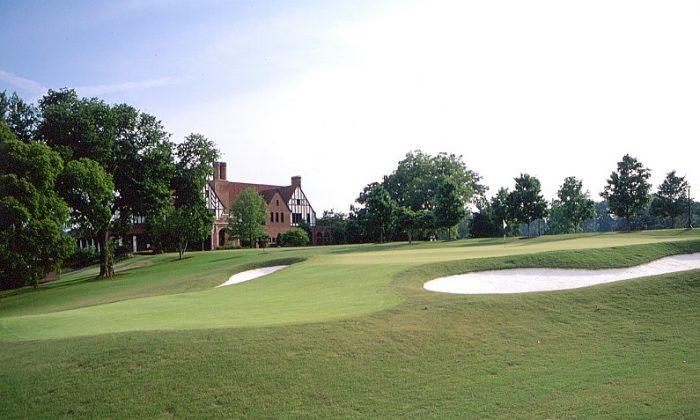
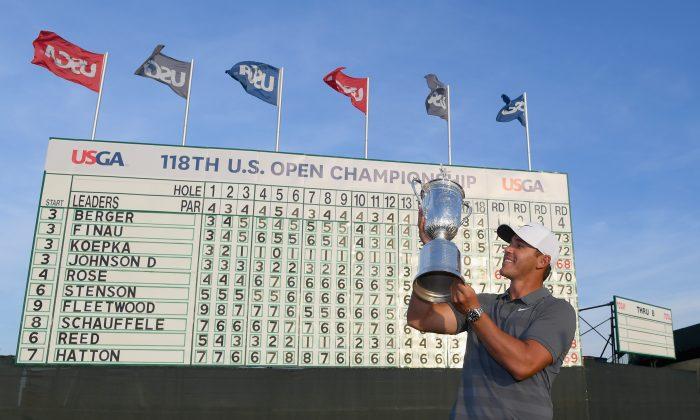
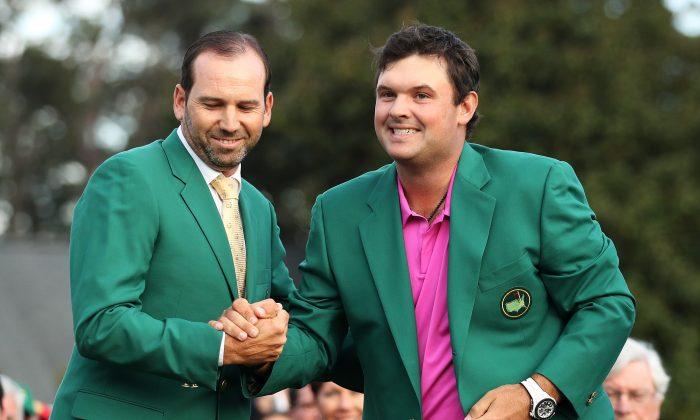
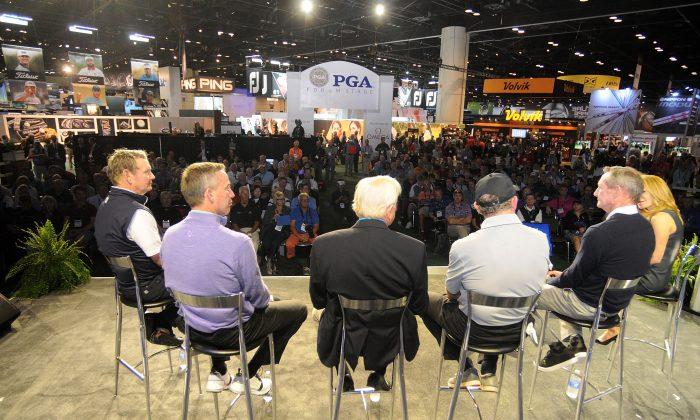
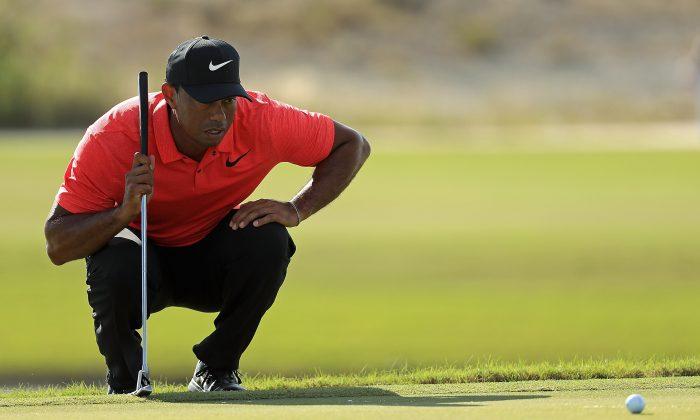
Friends Read Free